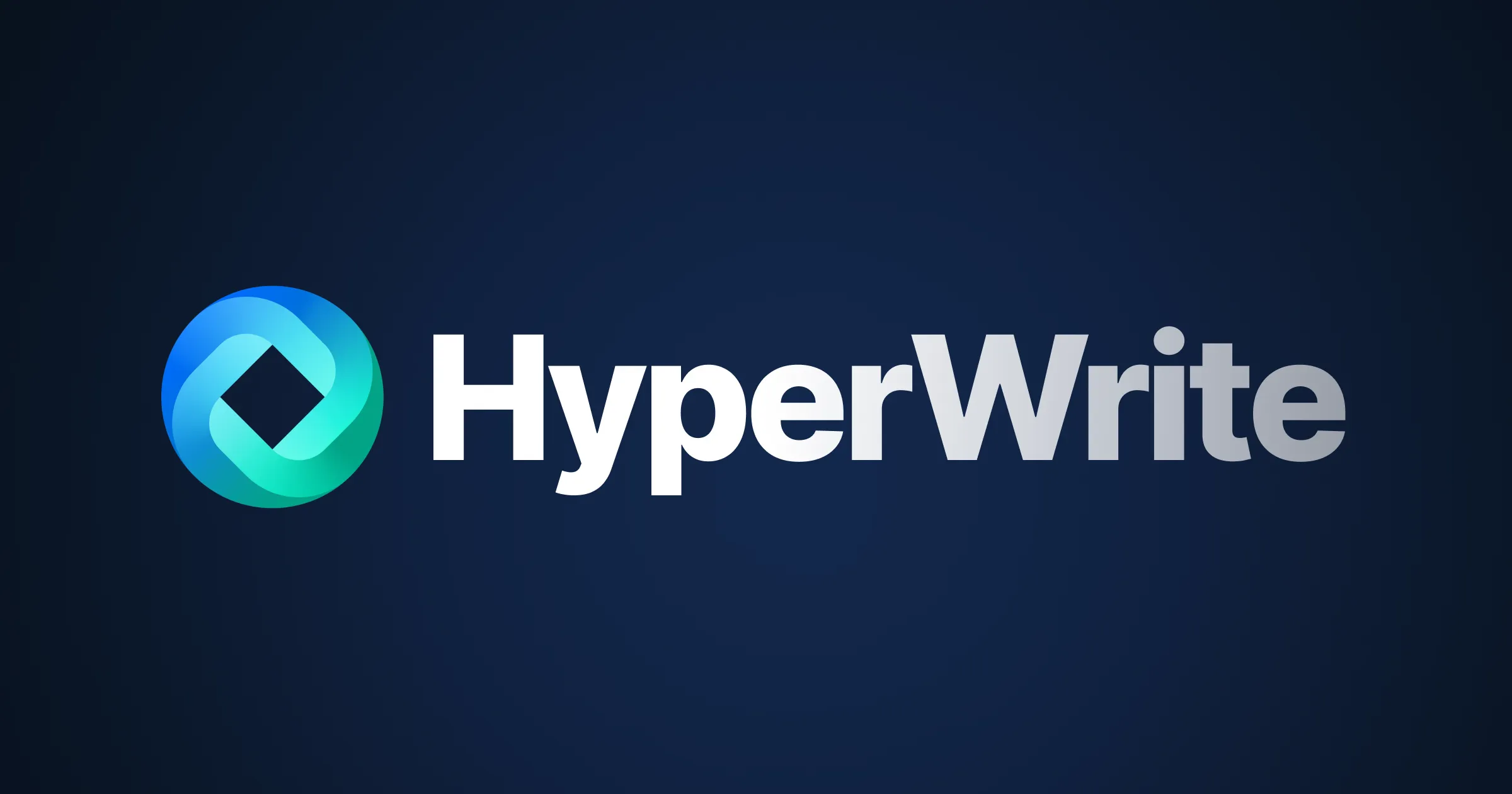The Self-Operating Computer Framework: Revolutionizing Human-Like AI Control
The Self-Operating Computer Framework introduces a groundbreaking innovation enabling multimodal AI models to autonomously control computers, mimicking human interaction. Launched in November 2023, it signifies a pioneering leap in utilizing multimodal models to visually perceive and operate computers, offering substantial advancements in automation, accessibility, and user experience.
Key Features and Capabilities:
- Multimodal AI Model Compatibility: Integrates seamlessly with leading AI models such as GPT-4, Gemini Pro Vision, Claude 3, and LLaVa, empowering users to leverage diverse strengths for various tasks.
- Flexible Operational Modes:
- Standard Mode: Utilizes GPT-4 with OCR capabilities for robust text and element recognition.
- Voice Mode: Allows users to give commands through voice input, facilitating hands-free operation.
- Set-of-Mark (SoM) Prompting: Enhances visual grounding capabilities for precise interaction with on-screen elements.
- Optical Character Recognition (OCR): Improves element detection and interaction, especially in complex visual layouts.
- Ease of Use and Installation: User-friendly design for easy installation via pip and simple terminal commands.
How It Works:
The Self-Operating Computer Framework operates through a cyclical interaction process between the AI model and the computer, involving screen perception, action planning, execution, and iterative refinement to achieve objectives effectively and adapt to screen changes.
Applications Across Diverse Domains:
The versatility of the framework extends to applications in automated software testing, UX evaluation, task automation, accessibility enhancements, AI-assisted troubleshooting, email management, form filling, scheduling, routine computer operations, system maintenance, and repetitive web tasks.
Benefits and Advantages:
- Automation of Repetitive Tasks: Reduces workload and enhances efficiency.
- Enhanced Accessibility: Promotes inclusivity for individuals with disabilities.
- Efficient Troubleshooting: Streamlines problem resolution processes.
- Learning and Adaptation: Provides personalized experiences based on user behavior.
- Real-time Translation and Assistance: Offers language translation and on-screen support.
- Enhanced Security and Monitoring: Potential for security monitoring and anomaly detection.
- Integration with Other AI Services: Expands capabilities through integration with additional AI services.
Enhanced Computer Access through Accessibility Features:
The framework enhances accessibility by enabling hands-free operation, providing visual assistance, adaptive interaction, real-time support, and task automation tailored to individual needs.
Future Directions and Developments:
Ongoing developments include improving click accuracy with Agent-1-Vision, offering API access, expanding model support, and emphasizing privacy and security considerations for responsible deployment.




